A Look Back
Dark Matter Blog
JULY 16, 2021
The only subject in school that held my interest was biology. As soon as I learned about DNA and RNA, I wanted to be a molecular biologist. I wanted to use molecular biology to create drugs. I did a postdoc with Paul Berg at Stanford, studying transcriptional regulation. Arrakis is the capstone of my career.

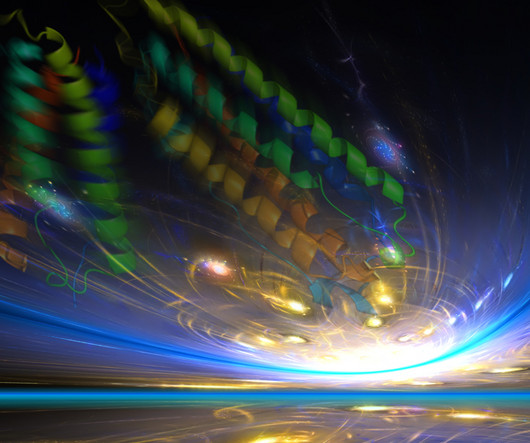
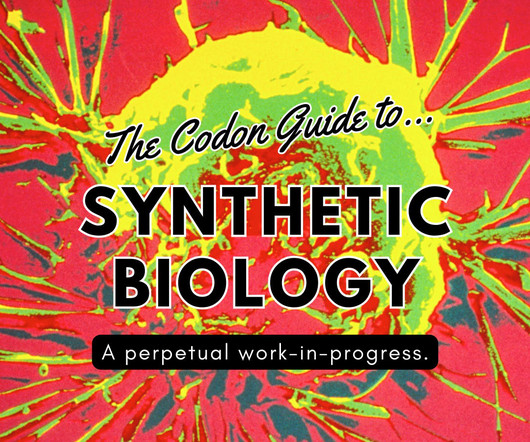
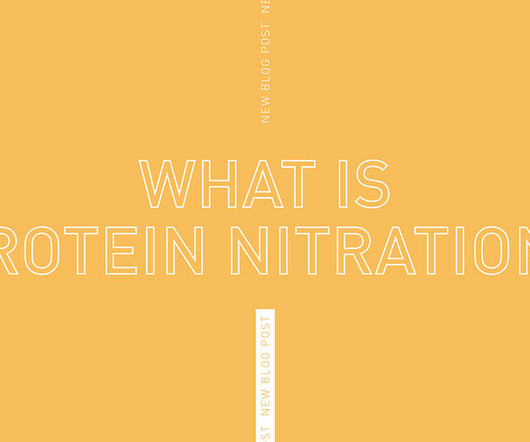
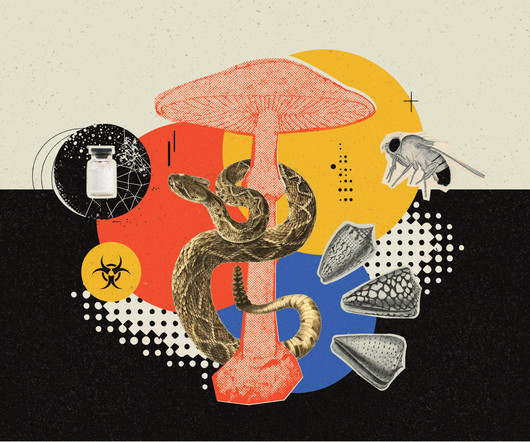
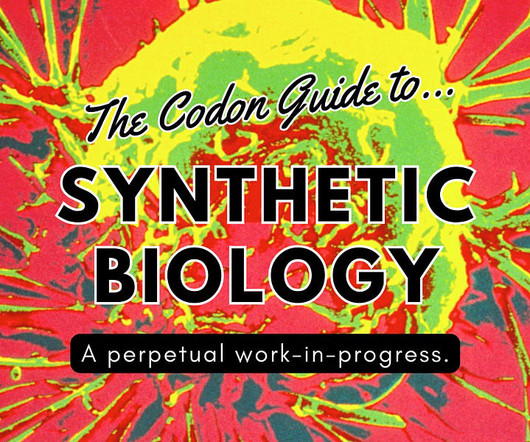






Let's personalize your content